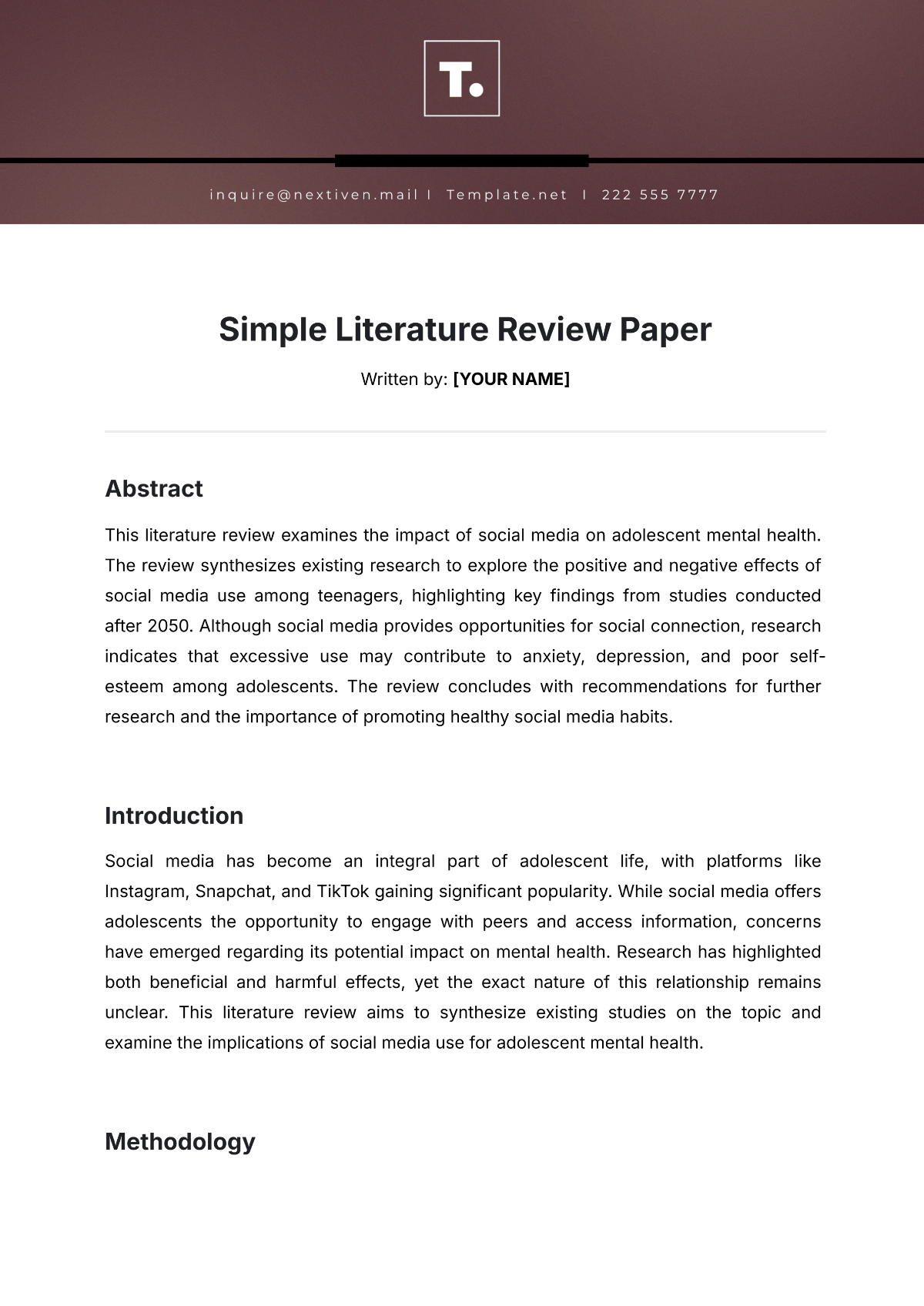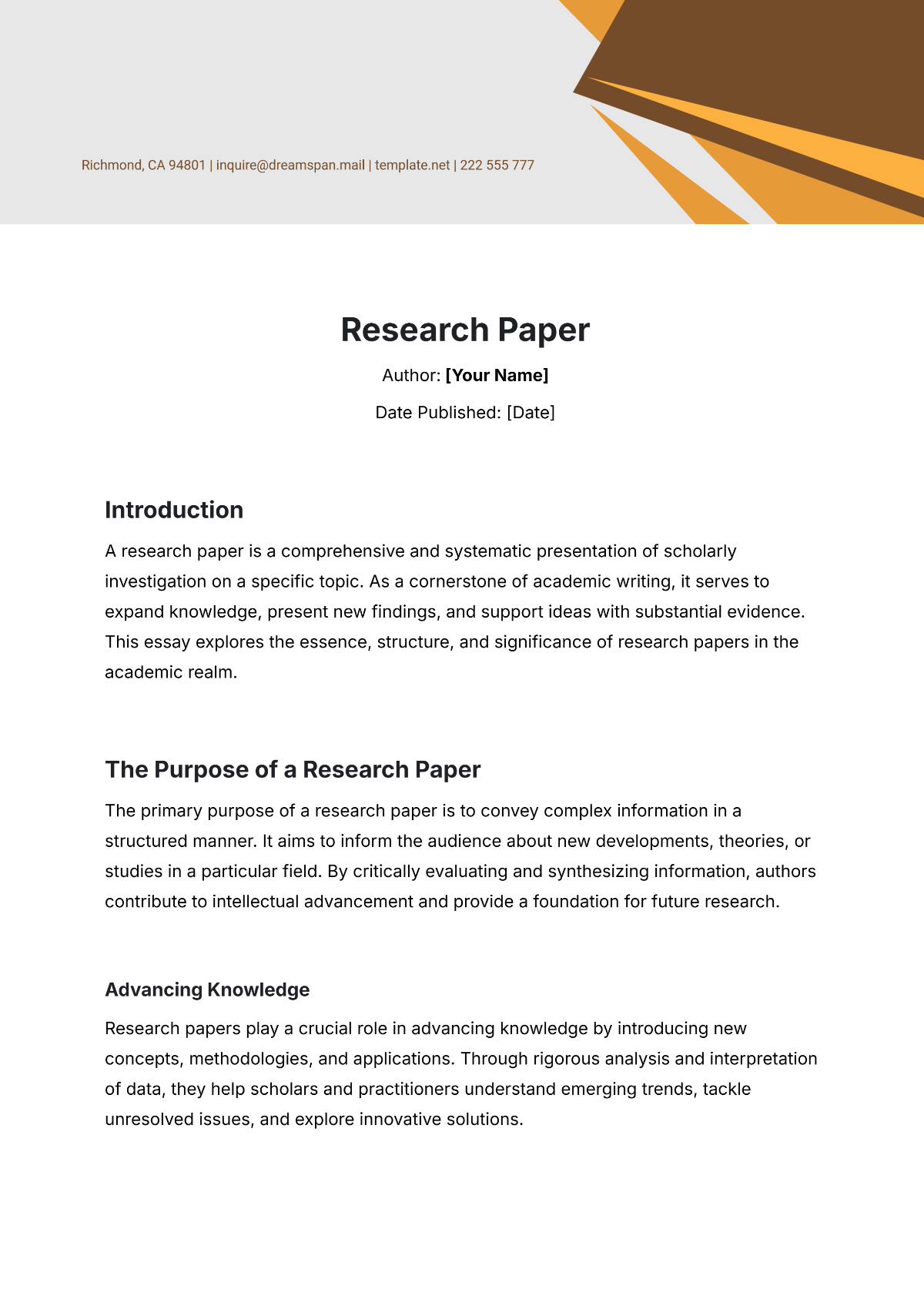NETWORK SECURITY
WHITE PAPER
_____________________________________________________________________________________
_____________________________________________________________________________________
I. Executive Summary

A. Overview
In this white paper, we present a comprehensive guide to network security, focusing on strategies to protect organizations from evolving cyber threats and breaches.
B. Key Findings
Identification of common network security vulnerabilities and attack vectors.
Analysis of best practices and methodologies for securing network infrastructure.
Insights into the importance of proactive security measures in mitigating cyber risks.
C. Recommendations
Implementing robust firewall and intrusion detection systems (IDS) to monitor network traffic.
Conducting regular vulnerability assessments and patch management to address security gaps.
Establishing a culture of security awareness and training among employees to mitigate human error risks.
II. Introduction
A. Background
[Your Company Name] recognizes the critical importance of network security in safeguarding sensitive data and ensuring business continuity.
B. Objectives
This white paper aims to:
Provide organizations with a comprehensive understanding of network security threats and vulnerabilities.
Offer practical guidance for implementing effective network security measures.
Highlight the significance of proactive security practices in protecting against cyber threats.
III. Understanding Network Security

A. Definition of Network Security
Network security encompasses the policies, procedures, and technologies designed to protect network infrastructure, devices, and data from unauthorized access, misuse, or modification.
B. Key Components of Network Security
Firewalls: Filtering and monitoring network traffic to prevent unauthorized access and malicious activities.
Intrusion Detection Systems (IDS): Monitoring and analyzing network traffic for signs of malicious activity or security breaches.
Virtual Private Networks (VPNs): Securely connecting remote users and branch offices to the corporate network over the internet.
Network Access Control (NAC): Enforcing policies to control access to network resources based on user identity and device compliance.
IV. Common Network Security Threats
A. Malware Attacks
Viruses, worms, and trojans designed to compromise network systems and steal sensitive information.
B. Phishing and Social Engineering
Deceptive tactics used to trick users into disclosing confidential information or installing malicious software.
C. DDoS Attacks
Distributed Denial of Service attacks aimed at disrupting network services by overwhelming servers with malicious traffic.
V. Best Practices for Network Security
A. Network Segmentation
Dividing the network into separate segments to limit the impact of security breaches and contain lateral movement.
B. Access Control Policies
Implementing role-based access controls (RBAC) and least privilege principles to restrict access to sensitive network resources.
C. Encryption
Encrypting network traffic using protocols such as SSL/TLS to protect data confidentiality and integrity.
VI. Emerging Trends in Network Security
_____________________________________________________________________________________
Title: "Adoption Trends of Zero Trust Architecture"
_____________________________________________________________________________________
A. Zero Trust Architecture
Moving away from perimeter-based security models to zero trust principles that verify every access request.
_____________________________________________________________________________________
Title: "Impact of AI and ML on Network Security Incident Response"
_____________________________________________________________________________________
B. Artificial Intelligence and Machine Learning
Leveraging AI and ML algorithms to detect and respond to network security threats in real-time.
VII. Case Studies
_____________________________________________________________________________________
Title: "Financial Institution Network Security Improvement Over Time"
_____________________________________________________________________________________
A. [Case Study 1: Financial Institution]
[Description of how a financial institution successfully implemented network security measures, highlighting key strategies and outcomes.]
_____________________________________________________________________________________
Title: " Healthcare Provider Network Security Metrics Before and After Implementation"
_____________________________________________________________________________________
B. [Case Study 2: Healthcare Provider]
[Exploration of how a healthcare provider enhanced network security to protect patient data and comply with regulatory requirements.]
VIII. Conclusion
A. Recapitulation
Network security is essential for organizations to protect their assets, maintain regulatory compliance, and safeguard against cyber threats.
B. Call to Action
[Encourage readers to prioritize network security initiatives and collaborate with trusted security partners to strengthen their security posture.]
IX. Appendix
A. Glossary of Network Security Terms
Firewall: A network security device that monitors and controls incoming and outgoing network traffic based on predetermined security rules.
Intrusion Detection System (IDS): A security system that monitors network or system activities for malicious activities or policy violations.
Virtual Private Network (VPN): A secure, encrypted connection between two or more devices over a public network, such as the internet.
Network Access Control (NAC): A security approach that restricts access to network resources based on user identity, device type, and compliance status.
B. Network Security Checklist
Firewall Configuration: Ensure that firewall rules are properly configured to allow only authorized traffic.
Patch Management: Regularly update software and firmware to address known vulnerabilities.
Employee Training: Provide security awareness training to employees to educate them about common threats and best practices.
X. References
Kizza, J. M. (2020). Guide to computer network security. Springer International Publishing.
Uberoi, A. (n.d.). Role of artificial intelligence & machine learning in incident response. Cm-alliance.com. Retrieved April 23, 2024, from https://www.cm-alliance.com/cybersecurity-blog/role-of-artificial-intelligence-machine-learning-in-incident-response
(N.d.). Coastal.edu. Retrieved April 23, 2024, from https://digitalcommons.coastal.edu/cgi/viewcontent.cgi?article=1101&context=cbj
About the Author:
[Your Name] is a cybersecurity expert with [Your Years of Experience] years of experience in network security.
For more information, please contact:
[Your Company Name]
[Your Contact Information]
_____________________________________________________________________________________

















































